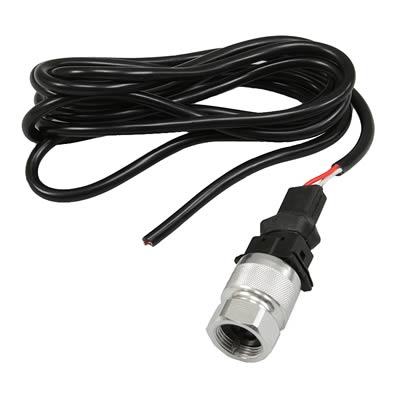The speedo in my trusty -6 crapped out. Big clue that the problem was with the speedo and not the cable or transmission drive unit was the extreme latency before it died. Both coming up to speed and then winding down again. (I was pretty sure I wasn't going 60 mph when I pulled into the garage.) Not really a huge tragedy. PO had changed the final drive ratio and both wheels and tires are non-stock size, so it was about 5-7% optimistic and needed to be recalibrated anyway. So I called the places I know - Palo Alto and North Hollywood. Both have good reps, are easy to deal with, and offer comparable price and services.
North Hollywood kindly e-mailed me instructions to follow to give them the information necessary to accurately recalibrate the speedo. I would post the sheet they sent here and I'm pretty sure there are no real trade secrets involved, but I haven't asked for permission. I will gladly post for future reference if they give me the OK. The procedure essentially consists of marking off a known distance (52 ft, 9.5 inches), disconnecting the speedometer cable at the speedo end, counting the number of cable revolutions required to cover the known distance, and then repeating this procedure two more times to get a good average. This seems reasonable, but has a couple of drawbacks for me: 1) I'm not to keen on finding a suitable location and doing this in inclement weather right now, and 2) it seems like you'd almost need three people to do this. One to pay attention to the covered distance, one to pay attention to the number of resulting speedometer cable revolutions, and one to push/steer the car.
So I'm wondering about a simpler procedure. The covered distance is almost exactly 1/100th of a mile. Likely not a coincidence. I'm guessing they average out the number of cable turns required to cover a mile and then use that for calibration purposes. The tire manufacturer specs the tires (205/60/15) at 847 revs per mile, which works out to 8.47 revs per 1/100th of a mile. Wouldn't it be a lot easier to jack up one side of the car, spin the rear wheel 8.47 times, and count the number of resulting cable revs instead of pushing or driving the car to get this info? The rolling circumference of the tire won't change because it's in the air and leaving the other tire on the ground just means you divide the number of cable revs by two, since the other tire isn't rolling along in tandem and therefore all single wheel spinning motion is transferred to the transmission mainshaft instead of being shared by both wheels. Can anyone provide additional input our point out flaws in my logic, assuming no LSD is involved to interfere? Or, do I have to multiply the number of cable revs by two, instead? Thanks very much in advance.
- MR



 Reply With Quote
Reply With Quote


